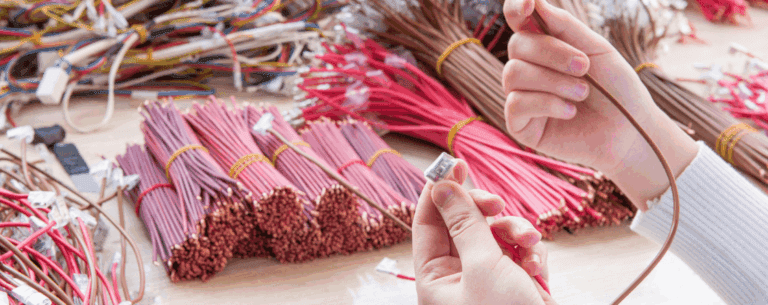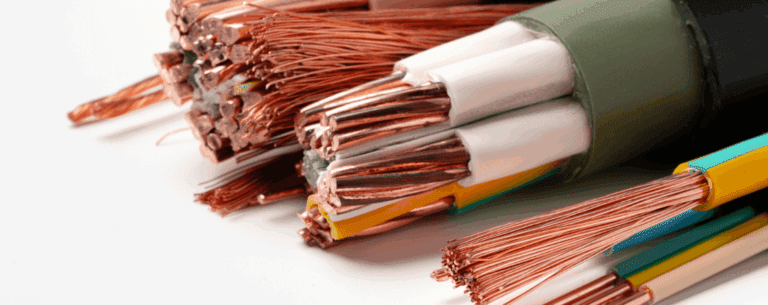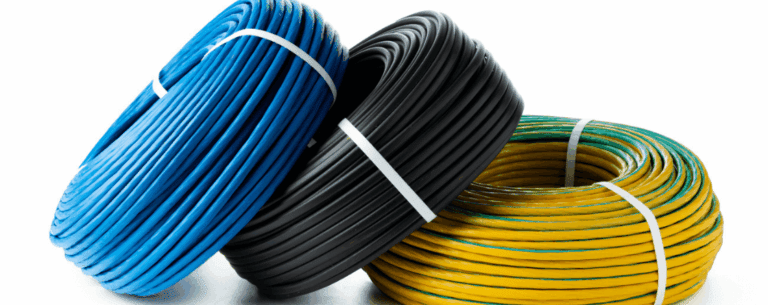
Common Industries That Rely on Cable Assembly Manufacturers
Keeping complex systems online takes more than parts and datasheets. It takes cable assembly manufacturers...
Read MoreWires harnesses have a very wide usage across multiple industries and are a vital piece of kit wherever they are employed. Their primary function is in ensuring that wires stay in the right order and they can also provide protection for the wires that are being bundled together. Some wires harnesses are very simple while others are complex and can encompass many different wires and connectors. If you’re working with wire harnesses then this is what you need to know.
Wires harnesses have an essential role to play in ensuring that the interior of a piece of equipment is safe and organised. Often they need to be customised to ensure that they are precisely appropriate for a particular environment or piece of equipment. A number of materials can be used to make wire harnesses, including PVC, thermoplastic elastomer, vinyl, polyurethane and polyethylene. Which of these materials is appropriate will depend on where the wires harness is going to be used – for example, in a very moist environment the most water-resistant materials will be the most appropriate.
The first step is always to look at the environment in which the wire harness is going to be used and the specific needs that may be created. It’s also essential to identify what materials and arrangement will be the most appropriate for the purpose that the wire harness has. After that there are many additional features that can be added to the basic wire harness to make it fit for purpose, whether it’s being used in electronics or aerospace. For example, the wire harness may benefit from the addition of wire ties, often in order to make a large and complex bundle of wires more manageable. Lacing can also be incredibly effective and custom colours may be essential to ensuring that the wire harness is easy to handle. Insulation materials and heat shrink coatings can also make the design of the wire harness more specific to its purpose. For some wire harnesses it will be essential to have individual tagging and/or individual circuit IDs. Plus, the use of polypropylene, nylon and paper fillers or custom labeling and barcoding can bring a lot to the table.
Wire harnesses have an incredibly broad application and you’ll find them in a lot of different sectors. Some of the most common industries that regularly use wire harnesses include telecommunications and automobile, as well as medical, aerospace, electronics and construction. Wire harnesses are often the key component when it comes to smooth operation, whether that relates to a car, audio visual equipment or home appliances.
Wire harnesses are very versatile and most are designed to be individually customised to specific environments and able to withstand certain conditions. From the way that the wires are organised, tagged and identified to the materials that are used and the extra features that can be added there is a lot to consider. We are the UKs leading wire harness and cable assembly manufacturer, contact our sales team today about our wire harness cable solutions…

Keeping complex systems online takes more than parts and datasheets. It takes cable assembly manufacturers...
Read More
Keeping critical infrastructure online and mission systems ready needs more than components. It requires domestic...
Read More
Selecting a cable supplier is an engineering decision. Experienced engineers know that reliable UK cable...
Read MoreReady to talk cables, fibre or full network solutions? Get in touch with our team today, we’re here to help.